Discovery of a novel type of phytoplankton bloom in the Arctic shelf region: the widespread occurrence with the recent sea ice loss
27 September, 2022
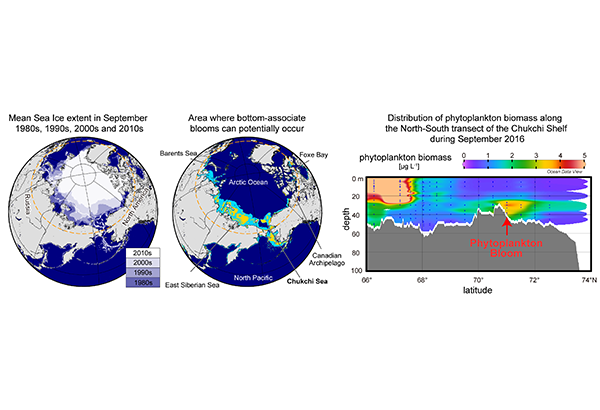
Takuhei Shiozaki# (Atmosphere and Ocean Research Institute, The University of Tokyo)
Amane Fujiwara# (Japan Agency for Marine-Earth Science and Technology)
Koji Sugie (Japan Agency for Marine-Earth Science and Technology)
Shigeto Nishino (Japan Agency for Marine-Earth Science and Technology)
Akiko Makabe (Japan Agency for Marine-Earth Science and Technology)
Naomi Harada (Atmosphere and Ocean Research Institute, The University of Tokyo)
#Takuhei Shiozaki and Amane Fujiwara should be considered joint first author
Phytoplankton are primary producers in the ocean; organisms that form the basis of the ecosystem. Their production is generally highest near the surface, and therefore is monitored globally by satellite observation. We found that, contrary to this conventional notion, phytoplankton blooms can also occur near the seafloor in summer in the Arctic Ocean. This bloom is triggered by light reaching the shallow seafloor underlying nutrient-rich bottom water. Since this bloom cannot be detected by surface observation, satellite observation significantly underestimates the regional primary production. We also found that the hidden bottom-associated blooms can be now widespread across the Arctic Ocean with the recent sea ice loss.
In the summer Arctic Ocean, surface nutrients are exhausted, resulting in low primary production. Phytoplankton thus cannot increase in the surface water and is most abundant in the subsurface water at depth of ~40–50m. This subsurface phytoplankton peak is called subsurface chlorophyll maximum (SCM). The SCM is observed not only in the Arctic but in oceans all over the world. The phytoplankton in the SCM are regarded as in a low-productive and stable state because they do not receive sufficient light and nutrients. However, in the Arctic Ocean, high primary production was occasionally observed in the SCM, but the reason remains unclear to date.
The present study sheds new light on the SCM in the Arctic shelf region. The Arctic Ocean is characterized by a large, shallow (<50m) continental shelf area, where an SCM often occurs near the seafloor. In the shelf region, diatoms increased in the surface by spring bloom sink and accumulate on the sediment. We hypothesized that the phytoplankton on the sediment can increase again when the light environment of the seafloor is sufficient and be detected as the SCM.
We performed an incubation experiment to test this hypothesis. Nutrient-rich seawater was collected from near the seafloor in the Arctic shelf region, was filtered to remove organisms, and was added the sediment collected in the same area. This sediment-mixed water was incubated for 24 days under weak light reaching the seafloor in summer. We found that diatoms formed a bloom (Fig. 1), and thus the bottom-associated bloom can occur as hypothesized.
We also observed the bottom-associated bloom like phenomenon by repeated shipboard observations (Fig. 2). The SCM developed near the seafloor in shallower waters north of 70°N. In this area, higher irradiance than used in the microcosm experiments described above reached the seafloor. We assess primary production in this area and found that it increased in the subsurface water. The areal primary production estimated by satellite observation is only one-fourth of the actual value. The primary production is monitored globally by satellite observation and are assumed to be higher near the surface. The primary production of the bottom-associated bloom is therefore underestimated by satellite observation and has been overlooked so far.
A possible scenario for the bottom-associated bloom is as follows (Fig. 3). (a) The spring bloom occurs, and large amounts of phytoplankton sink from the surface and accumulate on the seafloor. (b) The surface water becomes oligotrophic and increases transparency. (c) Nutrients are abundant below the nutricline, and thus phytoplankton that has accumulated on the seafloor can actively grow once more if the light conditions are appropriate.
We estimate the potential locations of bottom-associated bloom occurrence based on the distribution of irradiance at the seafloor calculated from satellite data. The results show that the area, where a bottom-associated bloom can occur, accounts for 24% of the shelf region in July (Fig. 4a). The areas are found in the eastern Siberian Sea, Canadian Arctic Archipelago, Foxe Basin, Chukchi Sea, and Barents Sea. The eastern Siberian Sea and the Foxe Basin were ice-covered throughout the year until the 1990s (Fig. 4b). Therefore, the bottom-associated bloom can be widespread across the shallow Arctic shelf region with sea ice reduction due to global warming.
Phytoplankton fix carbon dioxide in the process of primary production. Investigations of the carbon sequestration capacity of the Arctic Ocean have focused on surface processes. However, assuming that carbon is actively fixed by phytoplankton in the subsurface, this process should be taken into account. Phytoplankton form the basis of the ecosystem. When the bottom-associated bloom occurs, an ecosystem derived from it should also emerge. The effect of this bloom requires further examination in the future.
This research was financially supported by the Japan Society for the Promotion of Science (JSPS) KAKENHI Grant JP15H05712 and JP21H03583, Arctic Challenge for Sustainability (ArCS) Project of the Ministry of Education, Culture, Sports, Science and Technology (MEXT), and ArCS II Project of the MEXT.
Reference
Journal: Global Change Biology
Title of original paper: Bottom-associated phytoplankton bloom and its expansion in the Arctic Ocean
Authours:Takuhei Shiozaki#*, Amane Fujiwara#, Koji Sugie, Shigeto Nishino, Akiko Makabe, Naomi Harada
DOI: https://doi.org/10.1111/gcb.16421![]()
Media contact
Takuhei Shiozaki
E-mail: shiozaki[at]g.ecc.u-tokyo.ac.jp
Amane Fujiwara
E-mail: amane[at]jamstec.go.jp
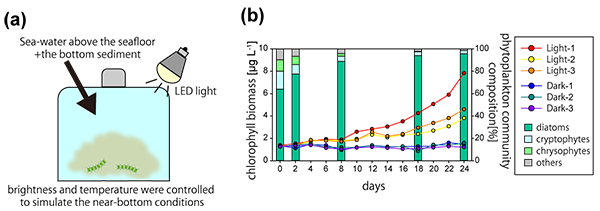
Fig. 1 Incubation experiment using the sediment in the Arctic shelf region
(a) Schematic diagram of the incubation experiment. (b) Time series of phytoplankton biomass and composition during the experiment. Phytoplankton biomass is shown for both light and dark conditions. Phytoplankton composition is shown only for light condition.
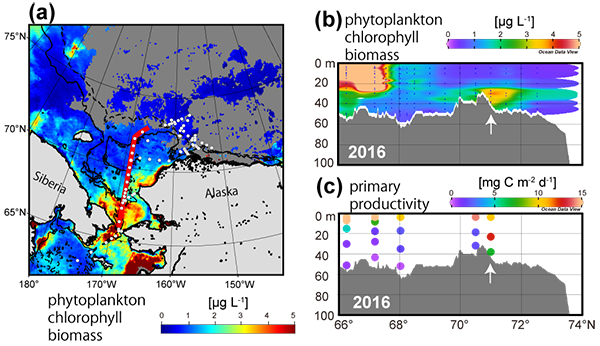
Fig. 2 High phytoplankton biomass near the seafloor (arrow), considered to be bottom-associated bloom
(a) Surface phytoplankton biomass in September 2016 observed by satellite. Vertical distribution of (b) phytoplankton biomass and (b) primary production along the red line. Primary production increased around 30 m at the station pointed by the arrow.
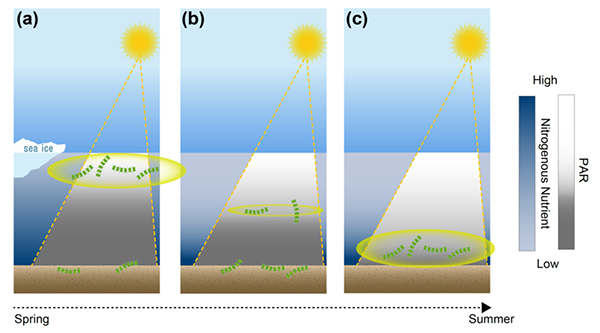
Fig. 3 Schematic of the possible mechanisms of bottom-associated phytoplankton bloom in the Arctic shelf region.
Explanations for each figure are given in the text.
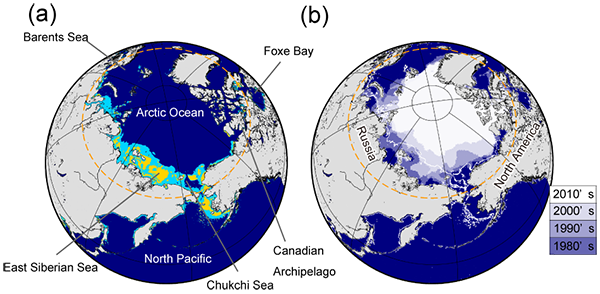
Fig. 4 a. Areas where bottom-associate blooms potentially occur (yellow). b. Sea ice extent in September 1980s, 1990s, 2000s, and 2010s.
The light blue area in (a) indicates the area shallower than 50 m depth. The white line in (b) indicates the isobath at 50 m depth. The orange dashed line indicates the Arctic circle where the midnight sun occurs.
![]()



